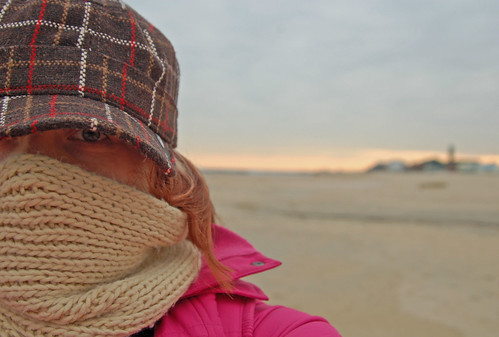In ancient Malay mythology, a man and his sister were out foraging for food one day when the sister was bit by leeches. To relieve her itching, she ran to the sea. Before diving in, she asked her brother what he would do with himself in her absence. After speaking about it, she decided to turn herself into a sea cow. Her brother agreed to do the same.
The woman in the story was named Dugong.
Dugong are of the Sirenia, which also includes manatees, and mostly inhabit waters off of Australia. They are herbivores and feed mainly on sea grasses, which is where the term "sea cow" is derived from. They are ugly creatures, yet gentle. Dugong can live up to 70 years of age, but do not start to reproduce until the age of 17. Females also seldom produce more than one offspring per lifetime.
Sadly, these animals are endanger, again, by commercial fishing and other human influence. I did say they ate sea grass, but without drawing it all out, the commercial fishing waste and farmland washouts filled with chemicals are killing the environment sea grass grows in. This is called "eutrophication". The fact that Dugong like to habitat shallow waters where sea vessels now regularly make passage can only lead you to the deduction of a large mammal shredded by a propeller. If these ships happen to be fishing vessels, you can also come to the conclusion that Dugong similarly suffer the fate of dolphins caught in the net - death.
So, what is being done to help save these gentle giants? The Australian government has listed them as a "protected" animal. Dugong were traditionally hunted by native Australian tribes like the Aborigines, but that poses little to no threat today. The main threat is pollution killing the environment they live in. With all opposing factors to the population in consideration, today's scientists and researchers give, at best, the odds of increasing the population MAYBE 5% per year.
It has often been said that, for where Dugong are found, the ecosystem could best be measured by how many Dugong lived there. In 1987 there were 3500 Dugong. Within 4 years there were 1700. Considering how commercial fishing has blossomed in the past 10 years, you can add up today's factors. I am fairly proficient at math, so let's do this little equation of sorts...
P= current Dugong population, currently a very weak variable
Pf= female population of Dugong
L = lifetime of 70 years
K = Dugong born
X= the rate at which Dugong are becoming extinct
So..
1K/L(Pf) + ( - X) = P
One stray beam of hope is that they recently have seen an increasing amount of these animals along the coasts of Thailand...so maybe there is hope yet.
In the long run P, sadly, will be negative if X isn't lessened dramatically. Greenpeace has been quoted as saying, "What we need is a marine reserve, not a reserve for the marines."
Well said.
Read more:
BBC
Subscribe to:
Post Comments (Atom)

1 comment:
This is great info to know.
Post a Comment